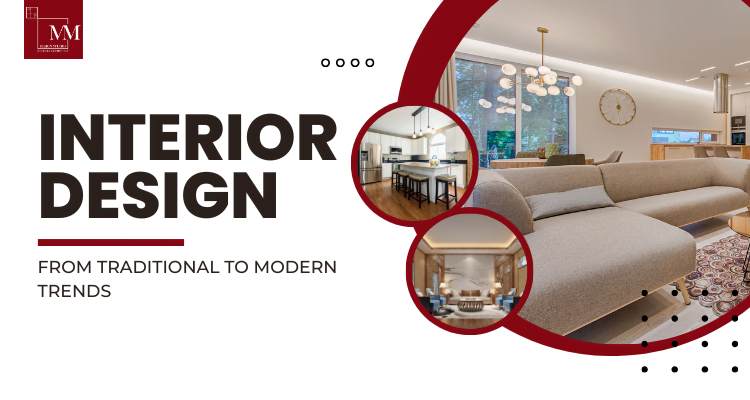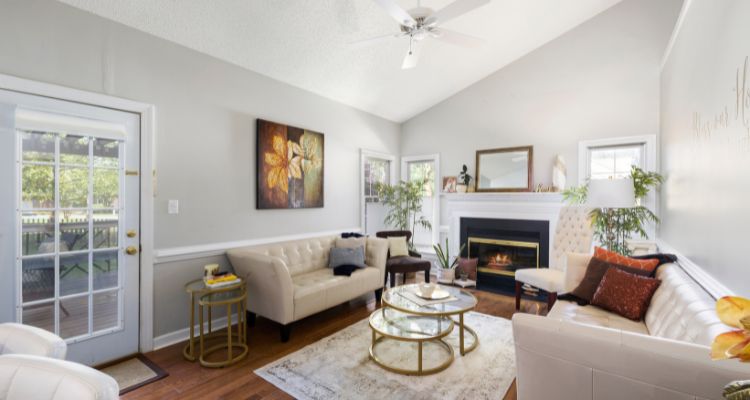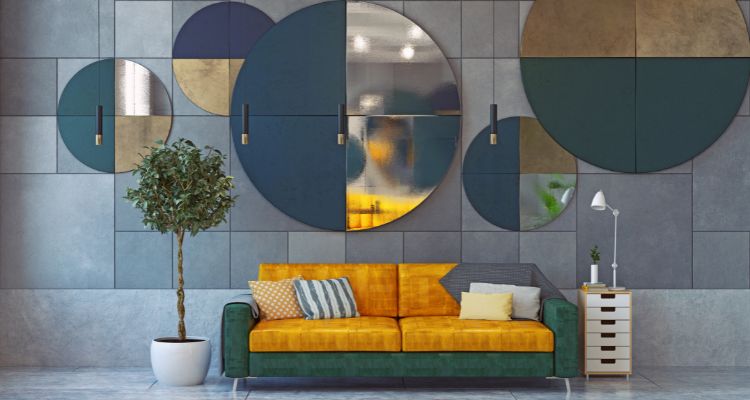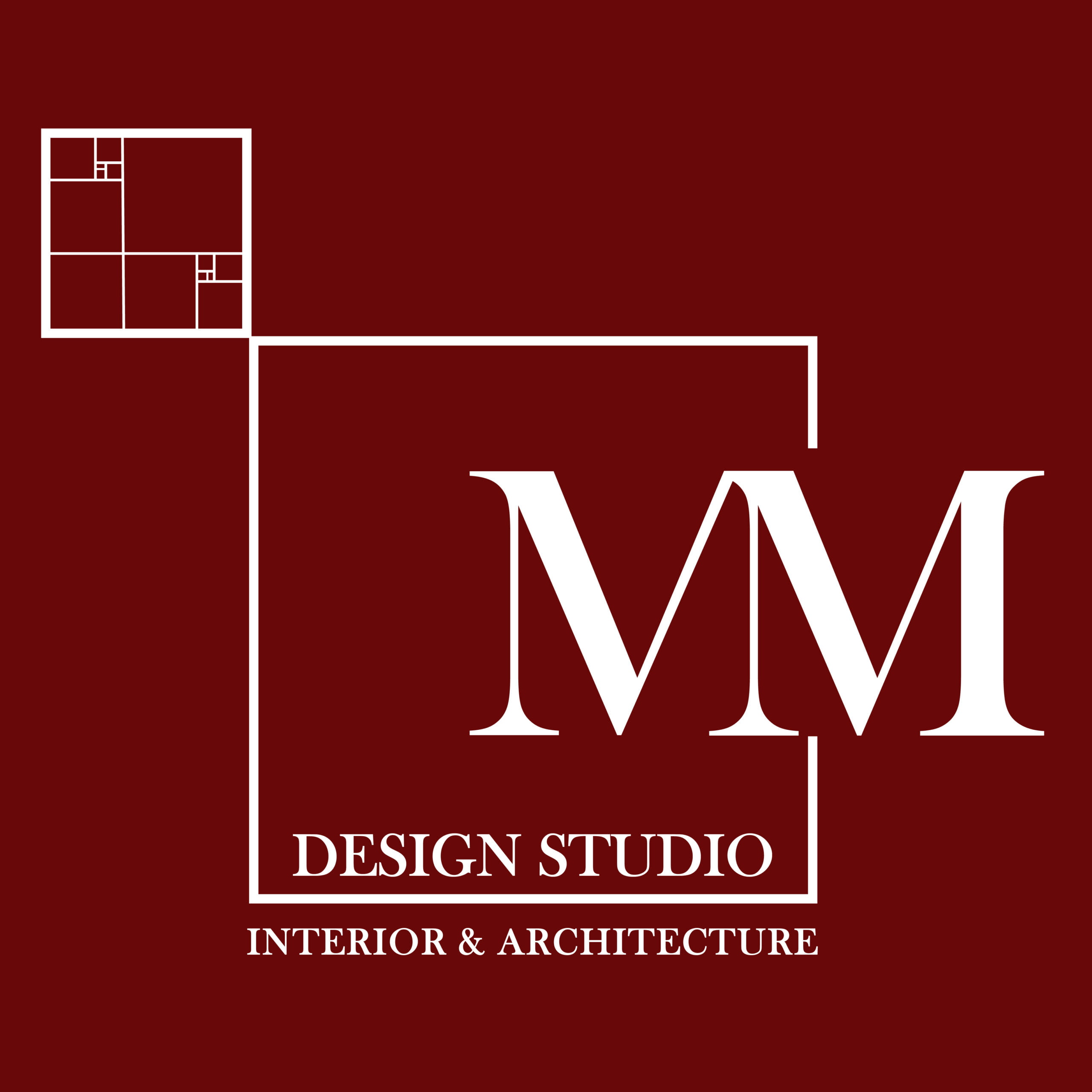Interior Design's Planning: From Traditional to Modern Trends

Be it home or office, every person wants to see it in a beautiful and attractive look. For this, interior design planning is necessary. Nowadays people take the help of interior designers to enhance the look of home or office.
Interior design is a change that changes the environment around us and makes us feel more energetic. If you are searching for an Interior designer in Noida, you will find the best and professional interior designers here.
Interior design boosts our mood as well as productivity and overall well-being. If you want to know more about interior design planning, read this article for complete details.
An Overview of Interior Design Planning
Interior design planning is a multifaceted process that requires careful consideration and attention to detail. It involves organising and executing various things. These create functional and nice spaces.
The spaces reflect the client’s style and life. This includes picking the right colours and furniture. Interior design planning is important for cosy homes, modern offices and retail spaces.
In this field, good communication and teamwork between the designer and the client are also crucial. These are key to a successful interior design project.

Historical Evolution of Interior Design Styles
Interior design styles have changed a lot over time, with each era leaving its special mark. Ancient civilizations liked to make things fancy and decorate with many beautiful details.
They did this a long time ago. Their interior designs were grand and ornate, with rich colours, intricate patterns, and gorgeous materials like gold, marble, and jewels.
But as time went on, tastes shifted towards simpler, more minimalist looks. Modern interior design keeps things sleek, sophisticated, and uncluttered.
However, designers today still take inspiration from the past, blending old and new for something fresh yet timeless.
New technologies also helped and allowed for new materials, methods, and decoration. Plus, artistic movements introduced bold visions that challenged traditional aesthetics.
Traditional Elements in Interior Design
Incorporating elements from nature into interior design creates a connection to the outdoors. Materials like wood, and bamboo bring a sense of warmth and authenticity. They add character to furniture, flooring, and decor pieces.
An emphasis on symmetry and balance is a defining feature of traditional interior design. Furniture arrangement, decor placement, and architectural details often reflect this principle.
The result is a harmonious, orderly atmosphere within the room. For people from Ghaziabad, Interior Designer in Ghaziabad helps you to choose the best interior design for your home or office.
Transitioning to Modern Interior Design Trends
Nowadays, people are really into modern interior design styles. This means that their homes have a simple and practical look, with clean lines and not a lot of decorations.
They usually go for minimalist furniture and colours like white, grey, or beige. Another big part of modern design is using the latest technology and materials that are good for the environment.
For example, they might have smart home systems or use recycled materials. Modern homes tend to have open floor plans and lots of natural light coming in, which makes the space feel airy and connected.
Modern design has fewer decorative details than traditional styles. But, it’s still about making the space cosy and livable. This shift towards modern interiors reflects how people live and what they value today. It’s a fresh, new take on how our homes can look and feel.
Integrating Classic and Contemporary Designs
Blending classic and modern designs creates a cool and timeless look. Traditional details like fancy mouldings or carved furniture look great with simple, trendy decor.
Using neutral colours helps blend different styles together so everything shines. Placing vintage and new furniture next to each other gives your home an interesting vibe.
If you want to Design Your Room with integrating classic and contemporary designs, you must take help from the professional interior designers.
Intricate mouldings and patterns contrast beautifully with sleek, minimalist pieces. Combining neutral shades like beige, grey, or white makes the different looks flow as one.
Antique lamps or chairs take on new life beside modern coffee tables or sofas. The layers add tons of character. A touch of classical elegance grounds a space while contemporary accents add energy and flair.
Key Features of Traditional Interior Design
Traditional interiors often have elegant architectural elements. These include crown mouldings, wainscoting, and ornate coffered ceilings. They give the room a deep, luxurious feel.
Richly crafted materials fill these spaces. They include hardwood floors, premium marble counters, and fancy brass or bronze fixtures. They foster an opulent, sophisticated feel.
Old furniture has intricate carvings and ornate details. It also has sumptuous fabrics. These are hallmarks of traditional design and they give spaces a cultivated sense of history.
Warm, inviting colour palettes use rich tones. These include deep reds, earthy browns, and soft creams. If you are from Greater Noida, you should check the list of Interior Designer in Greater Noida.

Characteristics of Modern Interior Design
Modern interior design is known for simplicity and functionality. It has clean lines and minimal ornamentation, creating a sleek and uncluttered look.
Open floor plans are common. They maximise space and flow, allowing for seamless transitions between areas of the home. This promotes a sense of spaciousness and connectivity.
Neutral colour palettes dominate modern interiors, with shades like white, grey, and beige creating a calm and understated backdrop. Bold accents add visual interest.
Prioritising natural light is essential in modern design. This means using large windows, skylights, and glass doors.
This brings the outdoors inside, enhancing the sense of airiness and brightness throughout the home. If you want the best result, it is obvious that you should consult with the best interior designer.
Blending Traditional and Modern Elements
Interior design often combines old and new elements to create a special look that mixes the positives of both traditional and modern styles.
You can blend classic features like crown mouldings for arched doorways with simple, current furniture and decor. This allows those areas to join historical and contemporary designs in an eye-catching, dynamic way.
You can pair traditional materials, like wood and stone, with modern glass and metal. This mix makes a look that blends warmth and texture with sleek, shiny surfaces. The different yet complementary materials create an interesting, cohesive aesthetic.
Varying textures add depth. For example, there is smooth leather upholstery next to plush fabrics. And, there are polished surfaces next to rustic accents. This creates visual interest while still balancing modern and traditional feels in harmony.
Add new life to old furniture with a modern touch. For example, reupholster an antique sofa in sleek fabric. Or, revamp a classic dining table with a glossy finish. You can do this by expertly blending vintage and modern elements.
Embrace diverse design. Seamlessly combine furnishings, accessories, and artwork from varied eras and styles.
This allows personal expression to flourish while artfully bridging the gap between past and present. It creates inviting, cohesive spaces.
Challenges and Opportunities in Design Planning
Design planning has many creative challenges and opportunities. It includes:
- Working within tight budgets can hinder desired designs. But, it spurs innovation, resourcefulness, and strategic prioritisation of elements.
- Design projects may involve navigating preferences and principles. But, this presents chances to partner closely with clients and personalise spaces.
- Limits like space, codes, and structure require careful planning. But, they also allow creative problem-solving to maximise potential.
- We must address environmental impact. This means using eco-materials, saving energy, and being sustainable. Doing this improves quality and promotes responsibility.

Future Trends in Interior Design Development
If you are from Gurgaon and looking for the interior designer Gurgaon, you can search and will find it easily. The interior designers know that design trends always change. They reflect changing lifestyles and priorities.
Sustainable practices will gain momentum. This is as environmental concern grows. They focus on eco-friendly materials, energy efficiency, and biophilic design for healthier spaces.
Flexibility is key. Homes are becoming multifunctional havens. They accommodate remote work, exercise, relaxation, and entertainment. Adaptable layouts and multipurpose areas cater to the diverse needs.
Integrating cutting-edge technology improves the design process. It lets users have immersive virtual experiences. They can also have personalised customization. And it has streamlined project management. This happens through smart home systems, VR, and AR.
Conclusion:
Interior design should respect cultural heritage. MM Design Studio incorporates traditional architectural features to honour timeless beauty. It also uses modern trends, sustainable practices, and contemporary styles.
Its goal is to reflect today’s spirit while creating functional spaces tailored to each client’s lifestyle. It also indulges Eco-Friendly Interior Design principles.
But, they also embrace innovation.
It also prioritises practicality and aesthetics when planning interiors. Designs are visually appealing yet practical for everyday use.
It stays updated on emerging trends and societal changes. This flexibility allows us to evolve our approach, ensuring our interiors remain fresh and relevant.
Frequently Asked Questions
1. What are the key elements of eco-friendly interior design?
Eco-friendly interior design is about using materials that are good for the environment. It also means having systems that save energy. And it’s about adding natural things like plants to make the space healthier.
2. How can I design my room with eco-friendly principles?
To design an eco-friendly room, choose materials that don’t harm nature. For example, use bamboo floors or furniture made from recycled things. Also, have lights and appliances that save energy. And add indoor plants to help clean the air naturally.
3. Who is a good interior designer for projects?
A good interior designer for projects knows how to use materials that don’t hurt the environment. They can also add things to the room that save energy and create spaces that are environmentally friendly.
4. Are there interior designers in Gurgaon specialising in eco-friendly design?
Yes, there are interior designers in Gurgaon. They specialise in eco-friendly design and prioritise sustainable practices. They create environmentally responsible and nice-looking spaces.
5. Can you recommend interior design companies in Noida that focus on eco-friendly design?
Yes, several interior design companies in Noida specialise in eco-friendly design. They offer services that prioritise sustainability and care for the environment in their projects. MM Design Studio is one of them.
